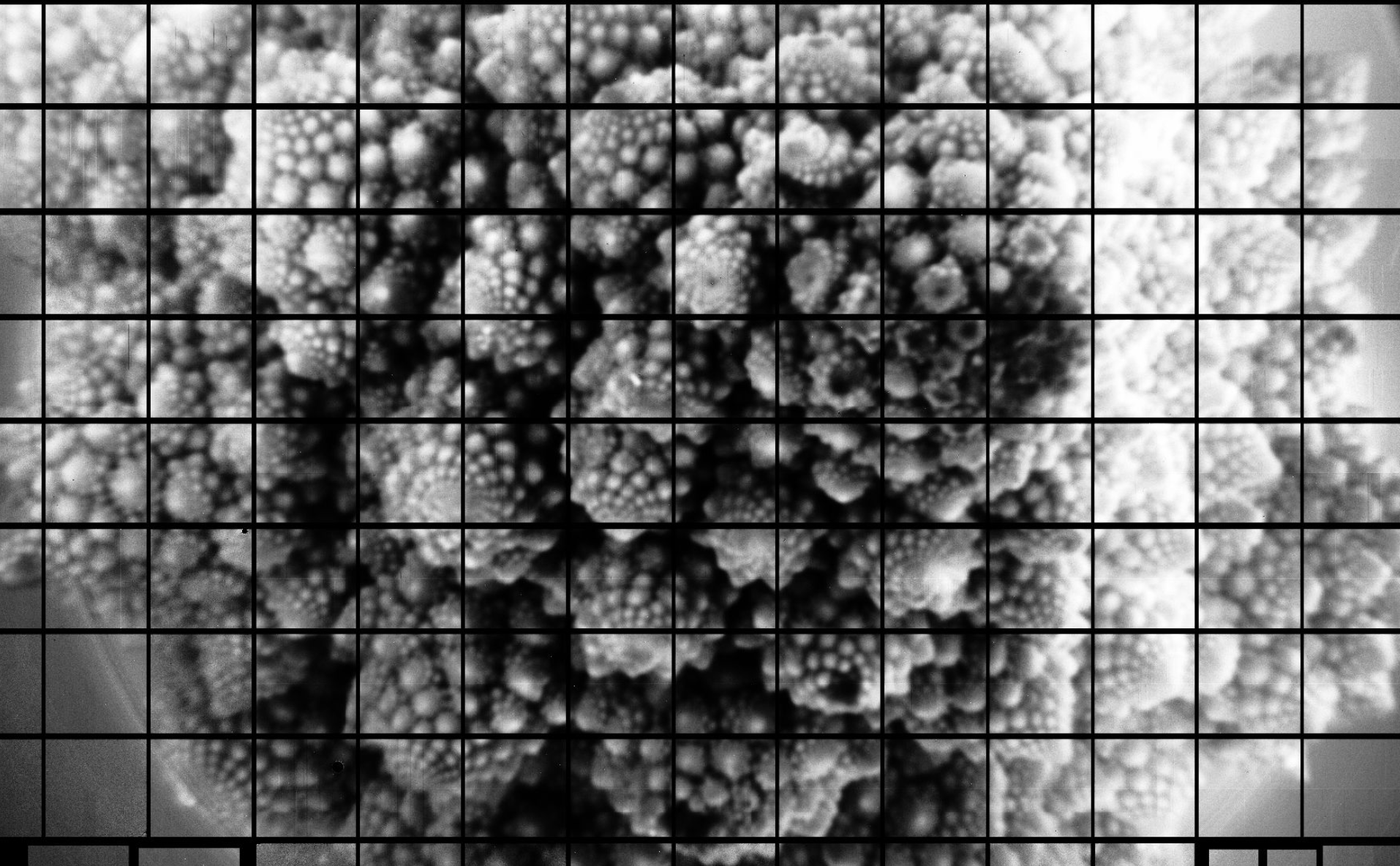Picture of cauliflower is the biggest photograph ever taken – and could help us unravel the mysteries of the universe

The world’s biggest photograph – of a cauliflower – could help humanity unravel some of the universe's deepest mysteries.
The image of a romanesco is the biggest picture ever taken in one single shot, made up of 3.2 billion pixels. It is so large that it would need 378 4K TV screens to show it at full size, and has such a high resolution that a golf ball would be visible from 15 miles away.
The focal plane – which works like the sensor in a camera of the kind in a phone, capturing light and turning it into electrical signals – is not only notable for its high quality. The pixels themselves are also incredibly small at the width of 10 microns, and can capture objects 100 million times darker than those visible to the Milky Way.
For now, that immense power has been chosen to photograph vegetables, along with other test subjects. But eventually it will be used to peer deep into the universe, creating the “largest astronomical movie of all time” and helping to unravel mysteries such as dark matter and dark energy.
The sensors that took the images are going to be integrated into the biggest digital camera ever made, which in turn will eventually be installed at the centre of the Vera C Rubin Observatory in Chile.
One there, it will create panoramic images of the complete southern sky. Every few nights, it will complete a detailed panorama of the whole sky, for period of 10 years.
Those images will then be pieced together inside the Rubin Observatory Legacy Survey of Space and Time (LSST), which will become a catalogue of more galaxies than there are people on Earth, as well as the motions of various astrophysical objects as they move through space.
Cosmologists will be able to use that detailed information to gain a better understanding of those objects than ever before – using the same technology that took the new photograph of a cauliflower.
The vegetable image was taken to test the focal plane, which was built in January. Researchers said doing so was a “huge milestone”, since the sensor will become the “capable and sensitive eye” of the observatory.
“This achievement is among the most significant of the entire Rubin Observatory Project,” said Steven Kahn, director of the observatory. “The completion of the LSST Camera focal plane and its successful tests is a huge victory by the camera team that will enable Rubin Observatory to deliver next-generation astronomical science.”
The creation of the focal plane saw engineers place 25 rafts, in narrow slots, into a grid that will make up the sensor and which can be seen in the images. The gaps between the sensors are just five human hairs wide and the rafts can crack if they touch – which could be devastating, given each raft can cost up to $3m (£2.3m).
To test the technology, the focal plane had to be placed into a cryostat, so that it could be cooled down to the -100C temperatures required for it to work. Because the camera is not fully assembled, the team had to make a tiny pinhole to project images onto the sensor.
They chose to photograph objects including the romanesco, an engraving, and the team itself – the vegetable was chosen because of the fine detail of its structure. All of those images can be viewed on the website of SLAC, the Stanford laboratory that built the sensor.
“Taking these images is a major accomplishment,” said SLAC's Aaron Roodman, the scientist responsible for the assembly and testing of the LSST Camera, in a statement. “With the tight specifications we really pushed the limits of what's possible to take advantage of every square millimeter of the focal plane and maximise the science we can do with it.”
Subscribe to Independent Premium to bookmark this article
Want to bookmark your favourite articles and stories to read or reference later? Start your Independent Premium subscription today.

Join our commenting forum
Join thought-provoking conversations, follow other Independent readers and see their replies